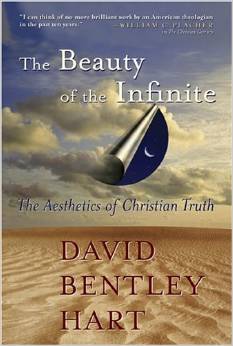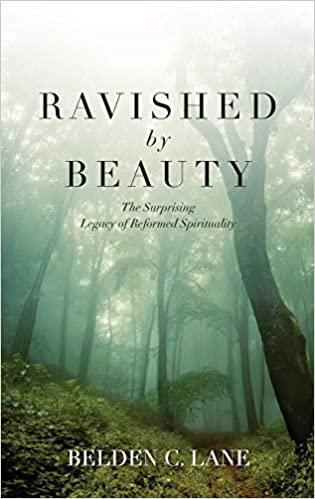The Futile Hunt
C. S. Lewis begins his poem “No Beauty We Could Desire” by acknowledging the possibility of natural theology, a path to God that leads along the way of affirmation. This kataphatic approach understands every good quality in the creation as pointing to God, who is then understood as both the source and the preeminent exemplar of that quality. This is an approach to theology that is especially amenable to beauty. I see beauty in the world, and I conclude that God is the greatest Beauty from which all other beauty flows. I see goodness in the world, and I conclude that God is Goodness itself, the source of all that is good.
Lewis acknowledges that such a path can be followed in theory, but argues that it’s not so easy to find in practice.

